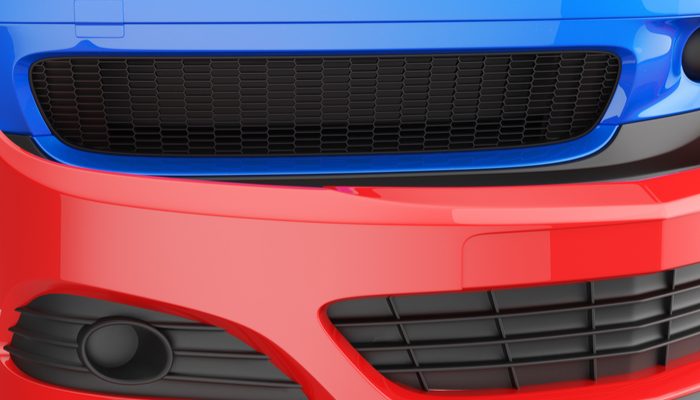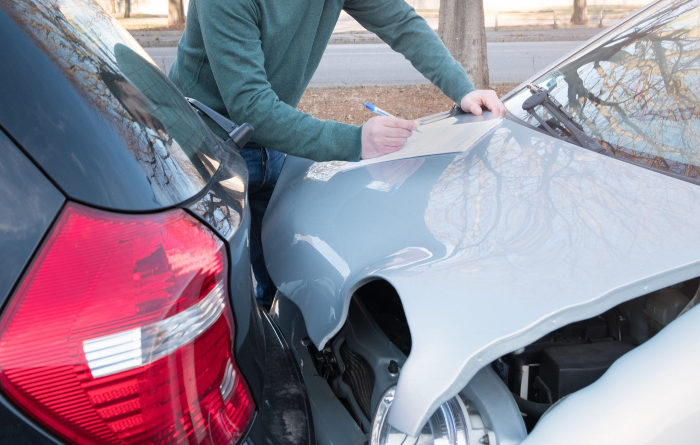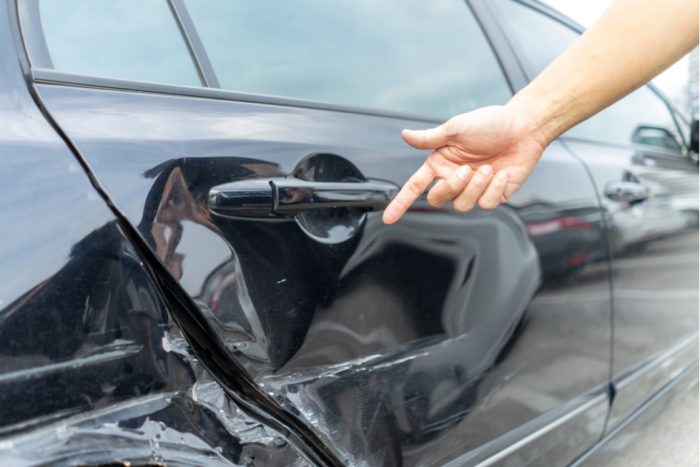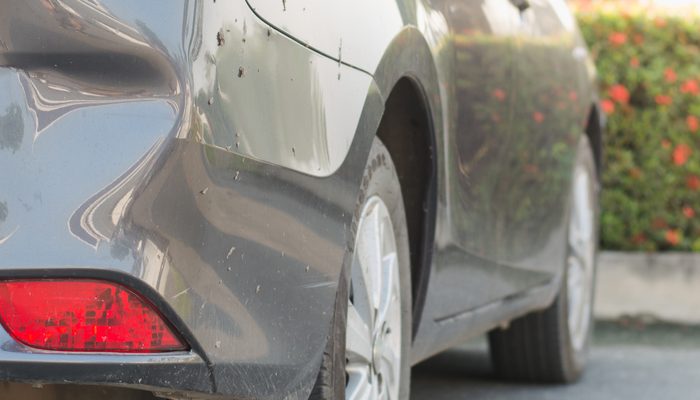How To Inspect Your Car After A Collision Repair

How do you know that everything under the hood is actually fixed?
Follow these tips to ensure everything is fine before you pay your repair bill.
1. Understand The Process Upfront
Have a long chat with the shop and understand what needs fixing and how they will fix it. It is better if you get everything in writing with an estimate. Ask the shop about a workmanship warranty.
Review the paperwork when you return to confirm that the shop actually did what they said. A good shop will walk you through the ropes and explain the work done.
2. Cleaning The Vehicle
At Global Collision Centers, we make sure the car is cleaned and looking gorgeous before pickup. There are a lot of shops that are more concerned with quantity than quality. Ideally, your car should have been cleaned, washed, and vacuumed thoroughly before you pick it up, with no dust or debris in the car.
3. Take A Closer Look
Start by looking for gaps in the body panels first. Uneven gaps are a telltale sign of panels that are not aligned correctly. Open the doors and windows to ensure they close with proper alignment.
Extensive front-end damage to any car is tricky for body shops to repair perfectly. Look at the distance between the fender and tire. If the distance is narrow on one end and wide on the other, you know something is not fixed correctly. Another way to know is to turn on the headlights. If the beams do not align, then the repair work is botched.
The car frame can get bent and may require straightening in frontal collisions. This is usually done on what repair people call “the rack”. Workers use it to pull on frame rails until it sits right and is straight. The trained eye can make out marks under the car from poor repair work.
Visual inspection can be difficult for the average customer. However, you could take an automated printout of the current frame specifications. Any reliable body shop would measure the damaged area before the repair and then measure it again to make sure everything is perfect. The frame specification document is handy to ascertain whether the job is done right or not.
4. Paint Job Should Be Consistent
Paint matching is one of the most challenging jobs in an auto body shop. Factory paint codes can get 95% match. But, the remaining 5% depends on people who know their job. There will always be variance if the paint job is done poorly.
There is an “orange peel” texture to the paint finish in most factory paint jobs. It can be tricky for body shops to duplicate this texture. This is why you should pick up your car during the day when there is sunlight. The new paint should match the original finish and shade. Also, look for color consistency if several panels were repainted by the shop.
Finally, look for imperfections in the paint, such as specks of dirt or hair trapped in the finish.
5. Always Save Your Paperwork & Receipt
It could just so happen that you believe everything is running fine only to have the front tires wearing unevenly after a few months. This is a clear sign that the front suspension has not been repaired correctly or straightened.
Your paperwork and receipt could come in handy at such instances. You could show the manager that the problem is under warranty and if proven related, might be no additional cost to you. There are many other things that can cause improper tire wear. Let the body shop figure it out.
This is why it’s crucial that you do not deal with “fly-by-night” body shops. You should get the repair work done only by a reliable body shop that is local and known to you. Any legitimate shop would stand by their work and offer a warranty, which is usually 12,000 miles or a year.




